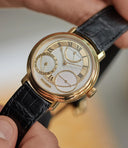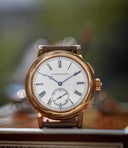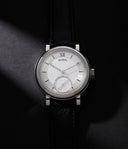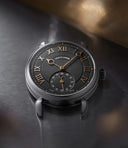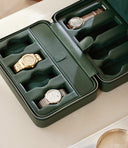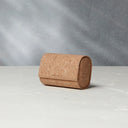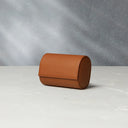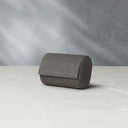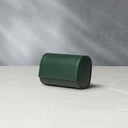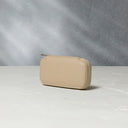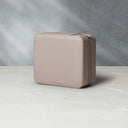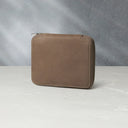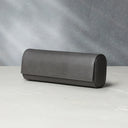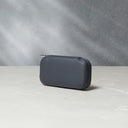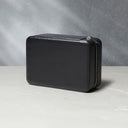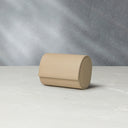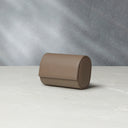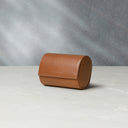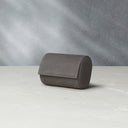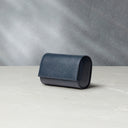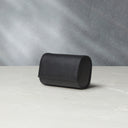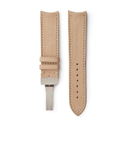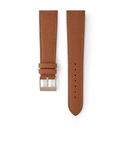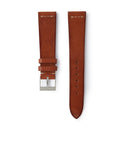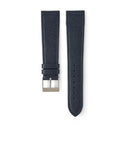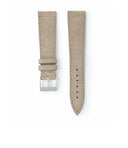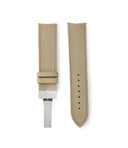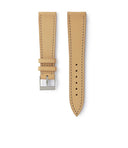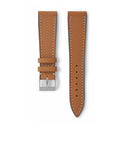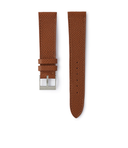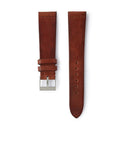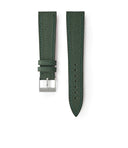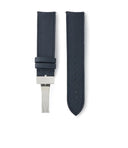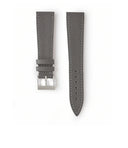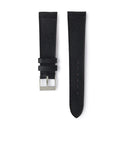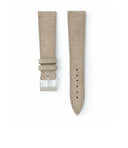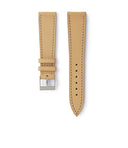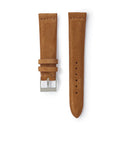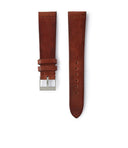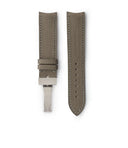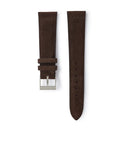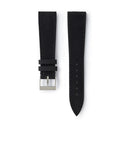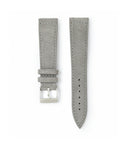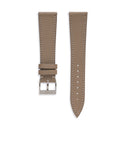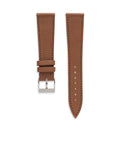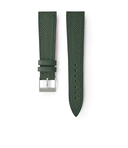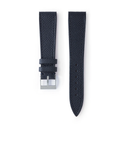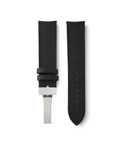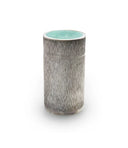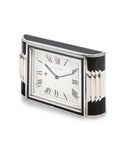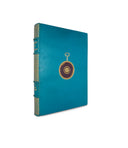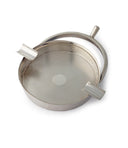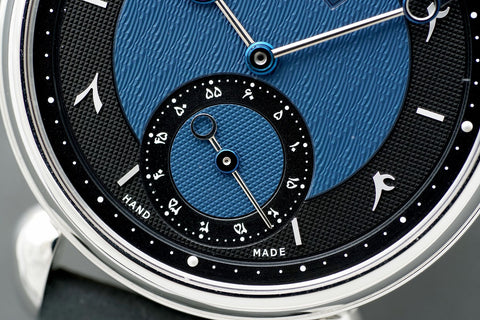Urban Jürgensen has a rich history that goes back to the late 18th century. The manufacture’s namesake, Urban Jürgensen (1776-1830), along with his father Jürgen Jürgensen, have long been credited with introducing the watch industry to Denmark. Shortly after the birth of his son Urban in 1776, the senior Jürgensen moved to Le Locle in Switzerland to work with Jacques-Frédéric Houriet, laying the foundations for a Danish-Swiss connection which persevered well into the late 20th century.
Peter Baumberger acquired the brand in 1976 and together with master English watchmaker Derek Pratt, set about bringing the Urban Jürgensen name – and the legacy of elegant and complicated timepieces it conjures – to the modern era. Pratt of course is one of the most accomplished watchmakers of the 20th century and had long collaborated with the late Dr George Daniels. The two shared ideas and collaborated on more than one occasion. Worth noting is the contribution of a young Kari Voutilainen during these years. He is the current chief executive officer leading the renewed direction of the brand.
The 37mm rose gold case wears the brand’s characteristic rounded, organic form marked by the stepped case, its edges softened gently as if by time. While the Reference 8 was also created in yellow gold and platinum, the rose gold lends a sense of occasion to the restrained classicality of the design. The crown, slightly recessed into the midcase, is perfectly ergonomic. The form of the short, teardrop lugs serve to keep the visual footprint compact and classical. In the more modern context, it is an aesthetic cue most associated with the work of Voutilainen, a reminder of the time this impressionable young watchmaker spent at Urban Jürgensen before launching his eponymous independent brand.
The dial is equally classical, while enriched by several details that were the brand’s hallmarks. Sauté piqué rims separate the elements of the watch, all the way down from the rehaut to the central portion that is decorated with petit Clous de Paris engine turning. A chapter of Roman hours offers a suitably classical scale.
The blue heat-hued hands are a traditional touch, and the hour hand is particularly noteworthy – it is observatoire-style and features a gold insert. This detail is beautifully finished, with the bevelling on the inside done to a mirror sheen. Such attention is paid to the gold bases that secure the hands to the cannon pinion. They feature countersinks and bevelled edges that are high polished. The minutes hand is simple and of the sort that brings to mind marine chronometres. The seconds hand, which traverses a register decorated with basket weave guilloche, also has a polished gold base.
Visible through the exhibition caseback lies the self-winding calibre 1160, based on an F. Piguet ébauche. It features a yellow gold rotor adorned with barleycorn guilloche interrupted only with the engravings detailing the brand logo and 21k precious metal hallmark. The bridges underneath the rotor are decorated with Côtes de Genève, with the brand mark, serial number, jewel count (31), position of adjustment (five, as is the chronometric standard) and historic place of manufacture – Copenhagen – engraved in gold. The watch features a free-sprung balance and the mainspring offers around 60 hours of autonomy.
The watch comes with the certificate of origin it retailed with, as well as its original outer and inner boxes. In this configuration, the Reference 8 represents the essence of the craft of Urban Jürgensen, uncomplicated and refined. It was recently serviced by Urban Jürgensen and includes the remainder of the brand's own servicing warranty.
If sold within the United Kingdom, this Urban Jürgensen Reference 8 will be subject to 20% VAT




























































































